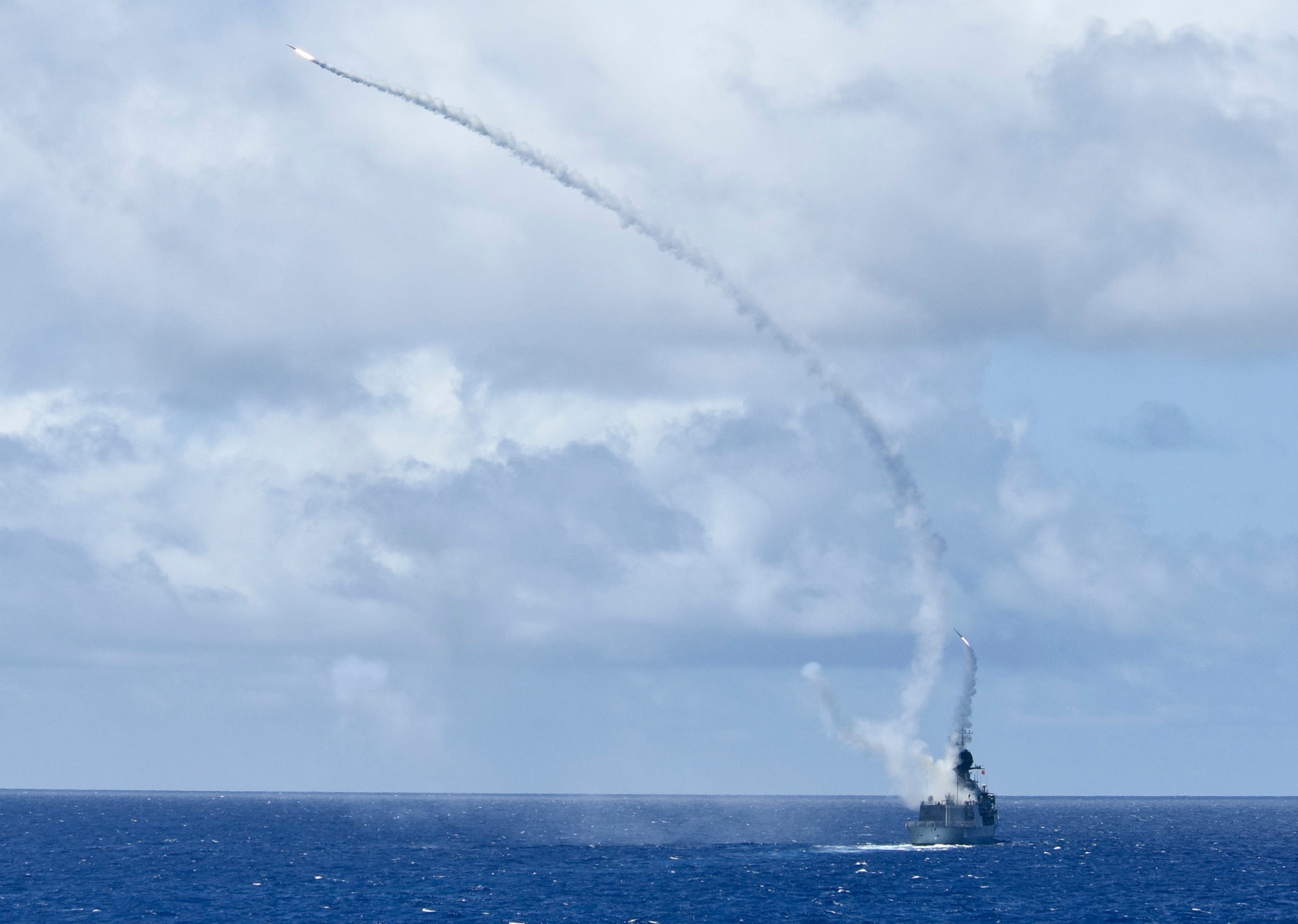Deterrence and a long-range strike capability for Australia (part 2)
Posted By Marcus Hellyer on March 5, 2020 @ 06:00

In my previous article [1], I looked at classic deterrence theory, which distinguishes between deterrence by punishment and deterrence by denial. The latter is more direct and arguably more effective when the measure of effectiveness is shaping a potential adversary’s perceptions.
What does this mean for an Australian long-range strike capability? First, I don’t think we can exercise deterrence by punishment against a great power. Delivering high explosives long distances is expensive and difficult, even if technological developments mean it can be done increasingly precisely. There would also be too many targets in the adversary’s homeland for it to be a compelling punishment. Moreover, because the adversary has the ability to escalate, they would rightly think that Australia wouldn’t actually do it.
Australia might well be able to apply deterrence by punishment through other means, particularly when working with others, such as by threatening international opprobrium or economic sanctions. But I’d agree with RAND Corporation’s Michael J. Mazarr [2] that that’s not an entirely reliable strategy, especially if the norms of the rules-based global order are falling apart.
Therefore, we’re looking at a long-range strike capability to contribute to deterrence by denial. Operationally, it would raise the difficulty for an adversary to conduct armed operations against us and in our area of strategic interest by requiring them to apply more military resources and absorb greater losses.
The capability needs to be long range for two reasons. The first is that if we’re relying on capabilities that can operate over hundreds of kilometres against an adversary with capabilities that can operate over thousands of kilometres, we’re unlikely to be effective because our capabilities will be neutralised or destroyed without being able to respond and impose a cost on the adversary. The second is that if we can threaten the adversary’s forces 3,000 or 4,000 kilometres away, it greatly complicates their operations and raises the difficulty and cost for them to project force against us.
So, how much of a strike capability does Australia need, and could we ever afford it? That depends on the motivation of the adversary. While they may be very powerful, if they don’t have an extremely strong motivation to use armed force against us, then a strike capability that we can reasonably afford could well be sufficient. This does of course raise the question of why anyone would ever bother to use military force against us if they didn’t have strong motivation—but it’s difficult to predict all potential adversaries’ motivations for all time. But the greater the adversary’s motivation is, the more of a deterrent capability we need to have.
I’m hesitant to start talking actual scenarios, but here’s one. One of Australia’s long-term strategic priorities has been to prevent a potentially hostile power from deploying forces to the southwest Pacific that could either cut us off from the United States or project force directly against us. Currently, due to the range limitations of Australian airpower, there’s little we could do to deter them, other than by using submarines, which have their own shortcomings.
This is a significant vulnerability, since east coast Australian cities, military assets and critical infrastructure are well within the range of missiles that could be based in the southwest Pacific. An Australian long-range strike could target ships, aircraft and facilities there as well as the logistics chains supporting them, potentially much of the way back to the adversary’s home bases, greatly reducing the enemy’s safe ‘rear area’.
Granted, a state like China is skilled in conducting grey-zone operations and would be unlikely to simply seize a Pacific state. Instead, it would use inducements to secure host government agreement. That would of course raise the bar for our own use of force—it’s one thing to support a neighbouring state that’s being invaded, but it’s another to strike it for agreeing to host a third state’s forces. But that ultimately is why we are embarking on the Pacific step-up—to ensure we remain the region’s security partner of choice. A military deterrent is just one of many tools necessary to maintain regional security.
As with all deterrents, an effective long-range strike capability doesn’t close off all avenues for a potential adversary to seek to harm us. For example, if the cost of direct military action becomes too high, they may seek to coerce us in ways targeted at our fears, such as by destabilising neighbouring countries and thereby causing a spike in refugee flows.
So a long-range strike capability is not a silver bullet that defeats all potential threats for all time. But it could deter an adversary from undertaking what is generally considered to be the course of action with the most severe consequences for us, namely military action against Australia and our near neighbours.
Article printed from The Strategist: https://www.aspistrategist.org.au
URL to article: https://www.aspistrategist.org.au/deterrence-and-a-long-range-strike-capability-for-australia-part-2/
URLs in this post:
[1] article: https://www.aspistrategist.org.au/deterrence-and-a-long-range-strike-capability-for-australia-part-1/
[2] Michael J. Mazarr: https://www.rand.org/pubs/perspectives/PE295.html
Click here to print.